The Sonoran desert does not discriminate. Anyone who spends a significant amount of time there risks hyperthermia, heatstroke, dehydration, exhaustion, or starvation. Its carrion birds, carnivorous predators, and poisonous reptiles and insects recognise neither skin tone nor language, economic status nor nationality.
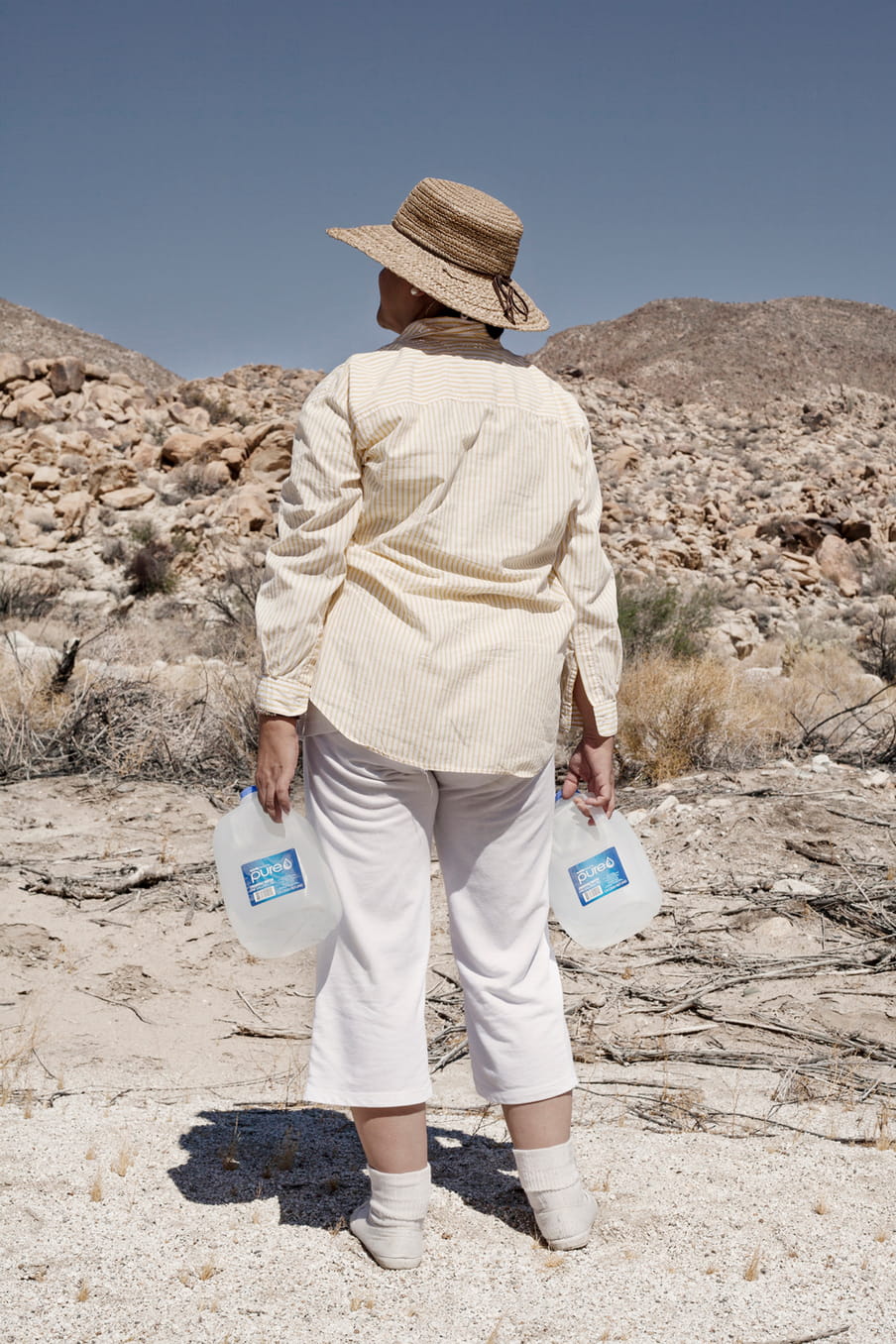
Everyone knows death lives in the Sonoran desert. That is why no one goes there – except those desperate to escape grinding poverty, instability, and an uncertain future. The desert might be a death trap, but some fates are worse than death.
Between 2000 and 2014, at least 2,771 people’s lives ended there gruesomely. That’s enough to fill more than 100 average high school classrooms in Arizona.
Despite the desert having no allegiance, all these deaths were predictable, following a pattern so established that both the US and Mexican governments have built billions of dollars of infrastructure around it.
All these people died because they did not have a piece of paper that would allow them to safely cross an arbitrary, if not entirely imaginary, line in the sand and rocks between what is now known as Mexico and the United States of America.


The Land of Open Graves
In his debut work of nonfiction The Land of Open Graves, Jason De León takes an almost unnervingly intimate look at this otherwise invisible violence happening daily at the US-Mexico border. His hope is to “make visible the effects of US border enforcement practices designed to be hidden and [draw] more attention to the violent logic on which the entire immigration security paradigm is based”. Having read The Land of Open Graves, I can safely say that De León achieved his aims.
The book shows readers the complex, brutal realities that migrants face in their attempts to reach the US. It focuses in particular on the evolution and impact of "prevention through deterrence", a strategy the US government adopted in 1994, the name of which euphemistically obscures its main tactic of funnelling migrants through the desert in the hope that the suffering and death experienced on the way will decisively end their quest for better opportunities.
Deported migrants wait almost invariably in border towns only long enough to recoup strength so they can attempt to cross the desert once again
In an online chat with The Correspondent’s members, De León shared: “I would say that prevention through deterrence is very bad at stopping people [who intend to enter the US]. It is good, though, at killing people.” He reiterates a theme that runs through his book: the strategy is, and has always been, an overwhelmingly ineffectual tool for actually reducing attempts to cross the border.
Clandestine migrants risk their lives daily to outwit farcically ineffective anti-immigration policies. Page after page in the book, we meet migrants who have been freshly deported. They wait almost invariably in border towns only long enough to recoup whatever resources or strength they can before attempting to cross the Sonoran desert once again.
De León is self-reflective as he interrogates his place within the hidden migration ecosystem. As a funded researcher and working-class US citizen who’s Latino , he has a complex relationship with the people he interviews. He shares some of his struggles with this complexity in the book. From time to time, this interrogation of methods and assumptions turns outward to the reader, forcing us to consider moral, political, and ethical questions about our connection to the people whose lives and deaths the book illustrates.
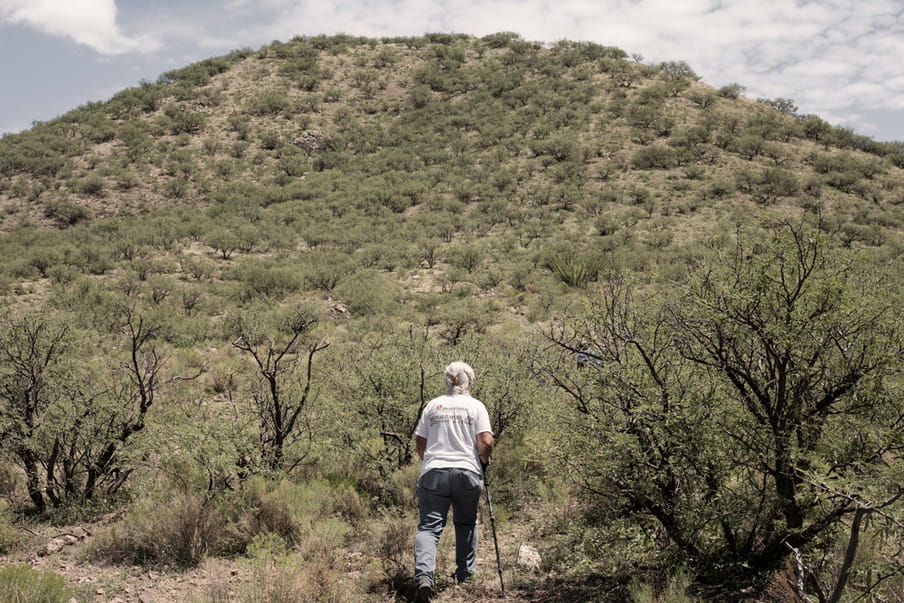
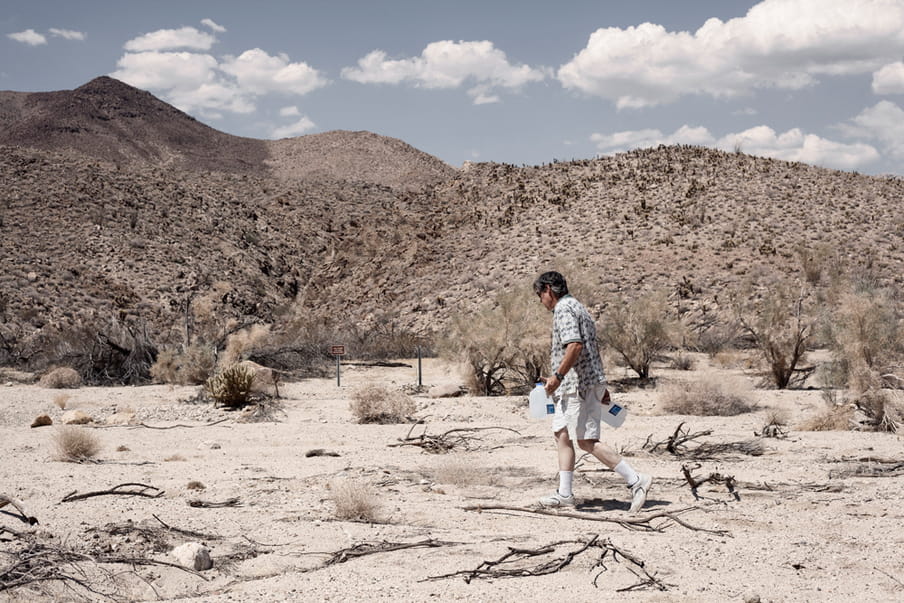
Finding the people erased by the rhetoric
People who cross borders exist in the imagination only as part of a homogenous, undefined throng of “illegal migrants”. They are identified simply by mass nouns which allow observers to rationalise and even justify the horrific suffering and abuse they endure in pursuit of entirely human objectives.
Politicians and other commentators portray these undocumented migrants as parasitic inconveniences or criminals, undesirable leeches whose very presence robs other citizens of resources and undermine the sovereignty of the state.
‘If you spend real time with migrants, you see that they are not monolithic tragic characters but complex people who (like many of us) use humour to deal with tragedy’ - Jason De León
The Land of Open Graves overturns this established narrative by inviting readers to take a close look at border-crossers as individuals who just want to earn a decent living, see their families and children again, or return home with proof that they haven’t wasted their time in the land of opportunity. De León makes it impossible to ignore their humanity.
Even his word choices are considered carefully, as he rejects language that dehumanises. His studied refusal to use terms such as “illegal immigration” and “aliens” uncritically is profound. As readers, we are not allowed to retain unconscious prejudices, nor are we allowed to continue with our unquestioned acceptance of migrant suffering.
These word choices further highlight the role of language in obscuring the public face of "prevention through deterrence". De León traces the linguistic evolution the programme since the early 1990s to show how US agencies actively distance themselves from their own machinations.
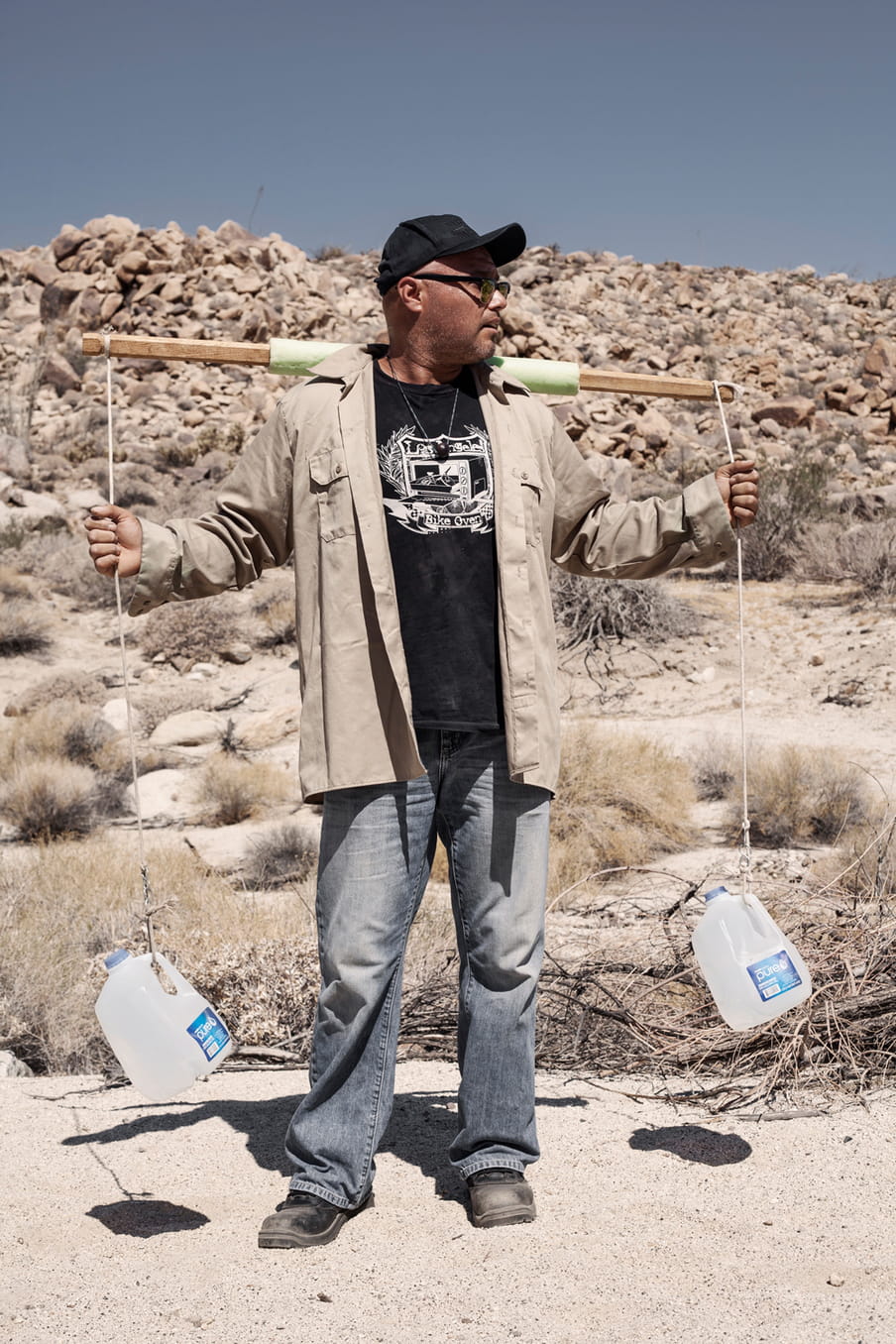
Originally, policy documents mentioned the inevitable violence that would be faced by migrants funnelled through the Sonoran. As the years passed, however, the US Border Patrol’s pretence at ignorance of these consequences became an intrinsic part of the strategy. People might be dropping dead every day, but the desert is the culprit, and the migrant is to blame for entering it. These events take place out of sight, with little human interference, which facilitates the plausible deniability that allows border patrol, politicians, and other actors within the anti-immigration ecosystem to hide their role in migrant deaths as completely as the desert erases the bodies of those who die alone and undiscovered.
This suffering is the kind reserved for disposable people, those who exist in the popular imagination as caricatures while remaining largely invisible everywhere else. The labour that they provide the US economy, their lives, and the social bonds they form all happen as clandestinely as their entry into the country.
Making it across the border is no guarantee of a stable life, even if it might hold the promise of a better one
This process of erasure makes the possibility of eventually disappearing completely in the Sonoran desert an almost logical conclusion. If you are not able to exist fully, no one is surprised when you disappear. The fact that clandestine crossings can’t or won’t be discussed by those who have endured them also contributes to the erasure of these realities.
Yet even successful crossings leave indelible emotional, psychological and physical scars. Making it across the border is no guarantee of a stable life, even if it might hold the promise of a better one. At any time, undocumented migrants can be picked up and ripped from the lives they have built. The whole anti-immigration system is designed to crush and erase those who are in it. Unfortunately, it often succeeds.
Humanity, humour, and hope
Despite the scale of the violence the book documents, it is not simply a litany of horror and pain. The Land of Open Graves captures so much of the humanity of its subjects: their hopes and dreams, their determination, their contributions to a society that exploits them while loudly insisting they’re not wanted. There is an astonishing amount of humour in the sometimes stomach-churning account of the suffering, violence and death that border-crossers face.

De León told participants in the online discussion: “People said to me that they didn’t think they would read a book about migrant life and death and find themselves laughing at times. If you spend real time with migrants, you see that they are not monolithic tragic characters but complex people who (like many of us) use humour to deal with tragedy.”
The stories presented in the book are simultaneously exceptional and everyday. Exceptional because of the degree of violence and trauma visited on the migrants. Everyday because of their frequency and, ultimately, because of the humanity of their subjects.
A mother of three who died facedown on the trail is mourned by three generations of loved ones spread across the Americas. Two friends who eventually make it across the border into the US after several failed attempts drink to celebrate their success, drink to escape their memories of the trauma they faced, and then stop drinking to recover from injury and repair their friendship.
The problems created by US border enforcement authorities have unfortunately not disappeared. If anything, they are currently getting worse. But that does not, and will never, change the fact that the lives of the people who suffer most because of these policies are, as De León writes in the book, “worth noting, valuing and preserving”.
The invisible violence at the border has not stopped, but it has been made more visible. And that is a vital step in the right direction.
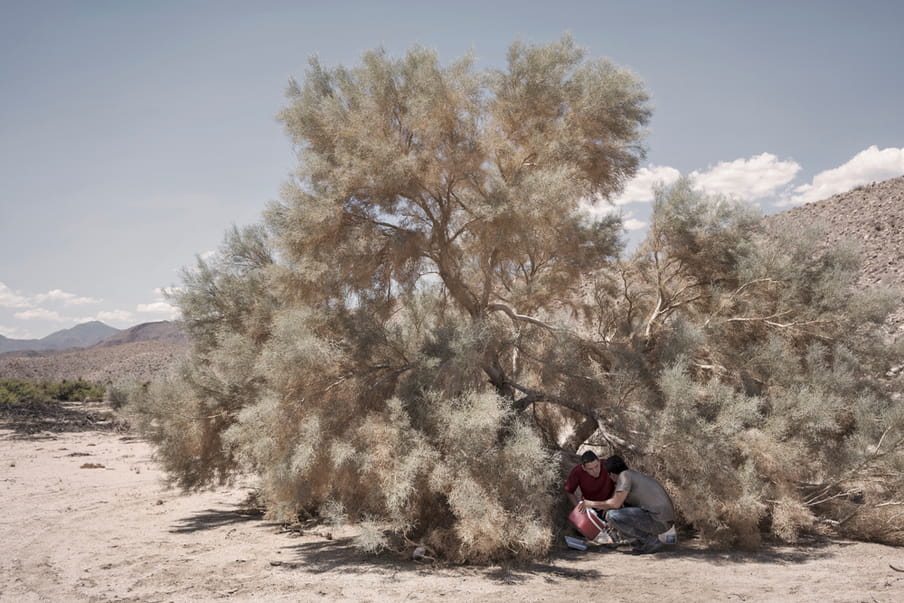
 Far South - Chapter Two
On the US-Mexican border, humanitarian organisations help illegal immigrants to cross the border by setting up provisional water stations in the desert. Photographers Edoardo Delille and Giulia Piermartiri traveled with them to capture the daily practice of these volunteers.
Far South - Chapter Two
On the US-Mexican border, humanitarian organisations help illegal immigrants to cross the border by setting up provisional water stations in the desert. Photographers Edoardo Delille and Giulia Piermartiri traveled with them to capture the daily practice of these volunteers.
Dig deeper
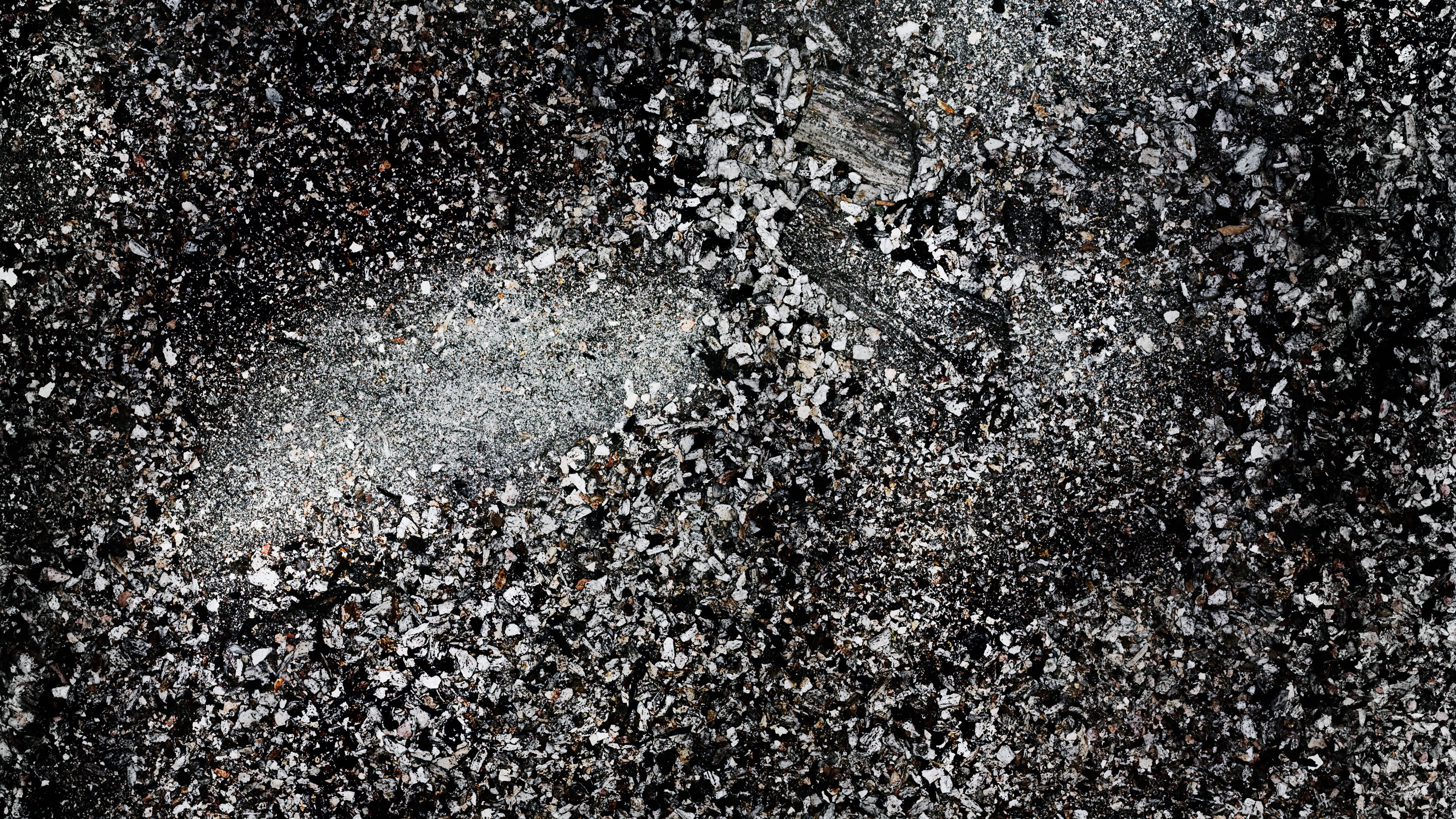 Death is a good way to gauge who we think deserves to live
People die violent deaths in both the US and Nigeria – why do I fear it there and not here? Where people have little power, they become more vulnerable.
Death is a good way to gauge who we think deserves to live
People die violent deaths in both the US and Nigeria – why do I fear it there and not here? Where people have little power, they become more vulnerable.
 Join The Other Shelf book club
Every month I’ll be reading a different book for my beat. Please let me know your thoughts and suggestions.
Join The Other Shelf book club
Every month I’ll be reading a different book for my beat. Please let me know your thoughts and suggestions.



